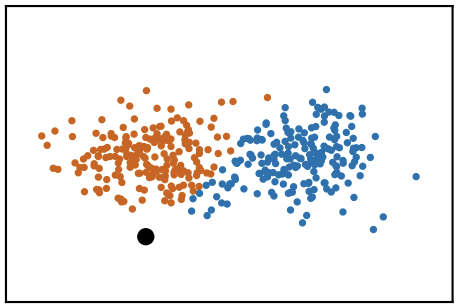Class-Selective Mini-Batching and Multitask Learning for Visual Relationship Recognition
An image can be described by the objects within it, and interactions between those objects. A pair of object labels together with an interaction label is known as a visual relationship, and is represented as a triplet of the form (subject, predicate, object). Recognising visual relationships in images is a challenging task, owing to the combinatorially large number of possible relationship triplets, which leads to an extreme multiclass classification problem. In addition, the distribution of visual relationships in a dataset tends to be long-tailed, i.e. most triplets occur rarely compared to a small number of dominating triplets. Three strategies to address these issues are investigated. Firstly, instead of predicting the full triplet, models can be trained to predict each of the three elements separately. Secondly a multitask learning strategy is investigated, where shared network parameters are used to perform the three separate predictions. Thirdly, a class-selective mini-batch construction strategy is used to expose the network to more of the rare classes during training. Experiments demonstrate that class-selective mini-batch construction can improve performance on classes in the long tail of the data distribution, possibly at the expense of accuracy on the small number of dominating classes. It is also found that a multitask model neither improves nor impedes performance in any significant way, but that its smaller size may be beneficial. In an effort to better understand the behaviour of the various models, a novel evaluation approach for visual relationship recognition is introduced. We conclude that the use of semantics can be helpful in the modelling and evaluation process.
 Multimodal base distributions in conditional flow matching generative modelsBritish Machine Vision Conference, 2024
Multimodal base distributions in conditional flow matching generative modelsBritish Machine Vision Conference, 2024